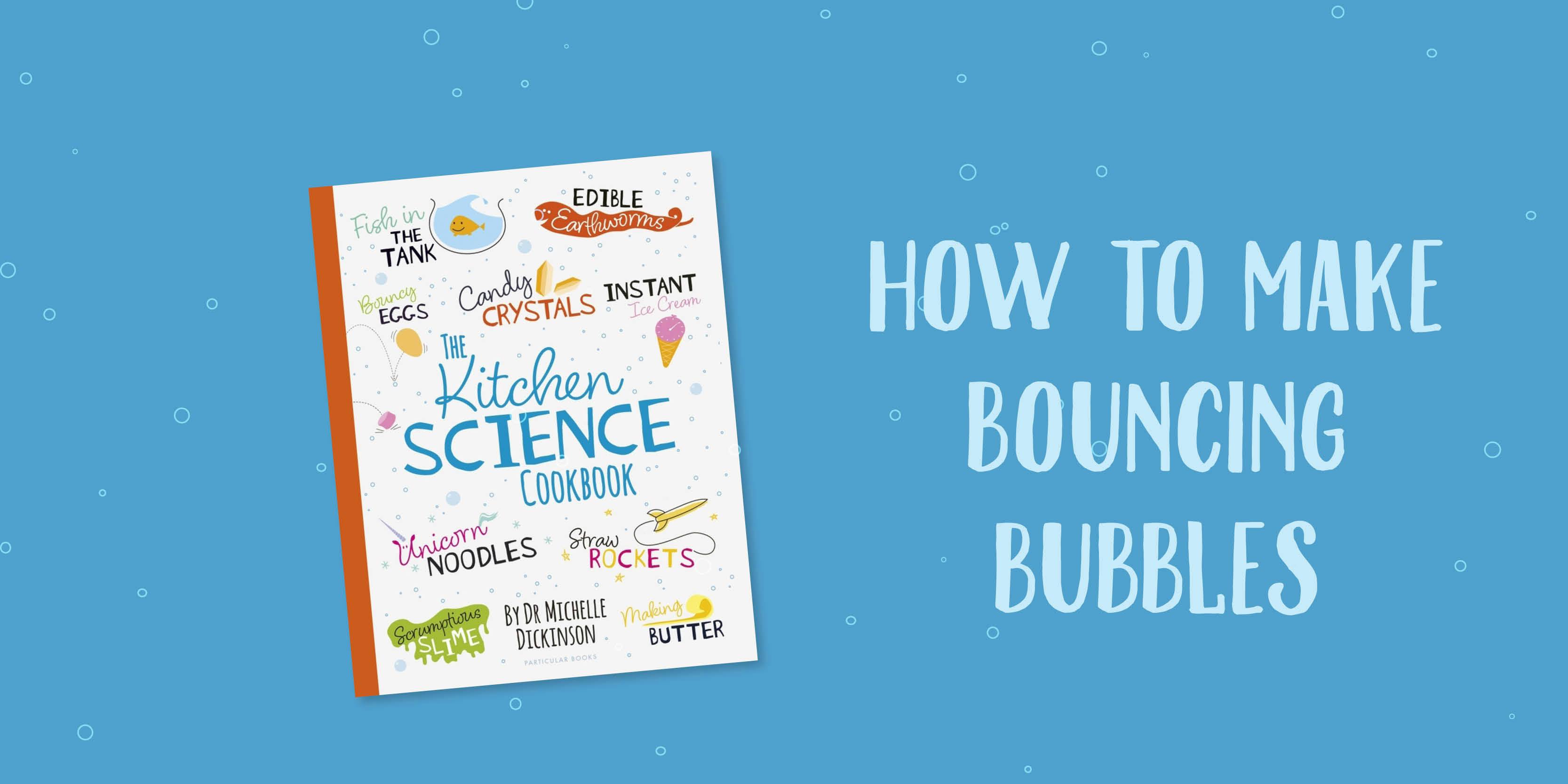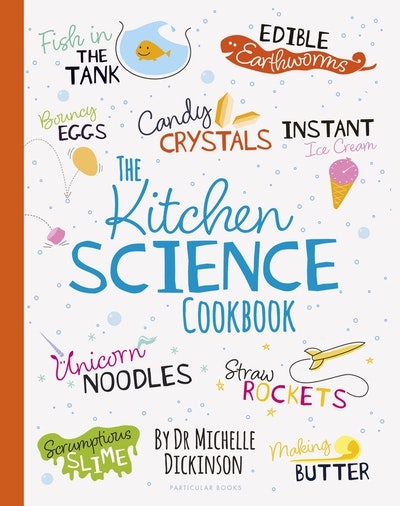Everybody loves bubbles, but they usually burst when you try to catch them. This experiment uses sugar and gloves to help you bounce bubbles and catch them with your hands!
Equipment and ingredients
Small bowl for mixing
Spoon for stirring
Cotton or wool socks or gloves
Drinking Straw
60ml (4 Tbsp) Water
30ml (2 Tbsp) sugar
15ml (1 Tbsp) Dishwashing Liquid
Instructions
- Mix all the ingredients together in the bowl and stir until the sugar dissolves/
- Dip the end of the straw into the solution until a film forms on the end
- Gently blow into the other end of the straw to form a bubble
- Cover your hand with a sock or glove and hold your palm out flat
- Blow a bubble in the air and use your covered hand to gently bounce the bubble without it bursting
The Science Behind Bouncing Bubbles
Bubbles are simply air trapped inside a thin film of liquid – the bigger the bubble, the more air is inside. The liquid film that makes up the outside of a bubble is mostly water. Water molecules are attracted to each other by intermolecular forces – these are electromagnetic forces which act between molecules. The intermolecular forces draw the water molecules together, creating something called surface tension.
Dishwashing liquid lowers the surface tension of the water, making it stretchy enough to stretch around a sphere of air to form a bubble. Bubbles, though, are prone to popping when the film is pierced or if too much water in the film evaporates, leaving too thin a layer. The sugar binds to the water molecules. This helps to stop the bubbles from drying out so they last longer and don’t pop as quickly.
Usually, if you touch a bubble it bursts – this is because the natural oil on your hands breaks the surface tension of the water around the bubble. By wearing gloves or socks on your hands you create a barrier between the oil and the bubble, making it possible to bounce a bubble without bursting.
All these science-inspired recipes and more are available in The Kitchen Science Cookbook!














